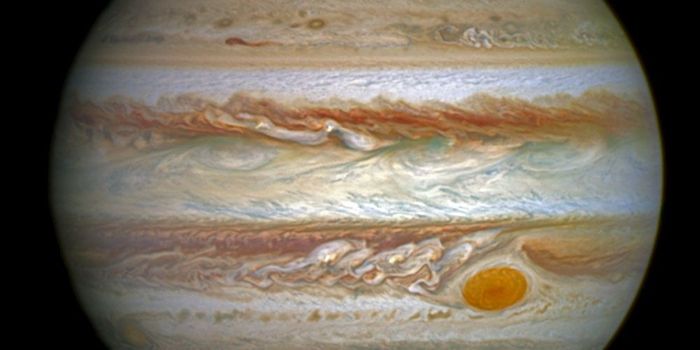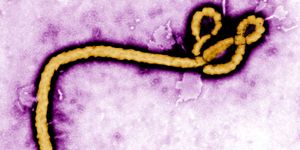Earth-Like Exoplanet Found Orbiting Our Closest Stellar Neighbor
While some scientists are peering out into the great beyond looking for a supposed Planet Nine, others have recently found out that our closest stellar neighbor, Proxima Centauri, actually hosts a little rocky Earth-like planet that may have the conditions suitable for life to exist.
Proxima b, as it has been named, is reportedly the closest planet ever discovered outside of our very own Solar System and it’s located about 4.25 light years away.
The findings are published in the journal Nature.

Image Credit: M. Kornmesser/European Southern Observatory
Being that it’s the closest exoplanet ever discovered, it’s raising a lot of eyebrows from those with the interest of getting a closer look in the search for life. After all, 4.25 light years away sounds a lot better than 4.25 million or billion light years away, so it’s just hardly out of our reach.
In fact, Stephen Hawking’s Breakthrough Starshot research project that was announced earlier this year could theoretically get us there within two decades, which is pretty good when you’re talking about light years in distance.
Modern space transportation would also take ages to get there. After all, it took New Horizons a decade to get to the edge of our own Solar System and Proxima b is roughly 1,300 times more distant from Earth than Pluto is.
Scientists say that it’s a great place to search for extraterrestrial life, as the conditions are similar to Earth (albeit not exactly the same). To be considered “Earth-like,” it simply needs to be rocky, not gassy, and have the potential to support liquid water. It’s worth noting that this planet is within its star’s habitable zone, which means the presence of water is possible.
But don’t get your pants in a knot; we still don’t know enough about the exoplanet to jump to conclusions. We don’t even know if it has a habitable atmosphere or if its host star is capable of supporting life. The only thing we really know right now is: the planet is there.
With current technology, it’s hard to get a closer look at this planet. With modern optics, the nearby star is no more than just a blur, and its small planet is even more insignificant.
While it looks like an interesting place to study, for now all we can do is wonder. Perhaps scientists will even discover more planets orbiting Proxima Centauri or its neighboring Alpha Centauri while they’re at it.
Source: CNN, The Washington Post








